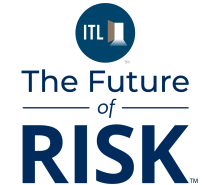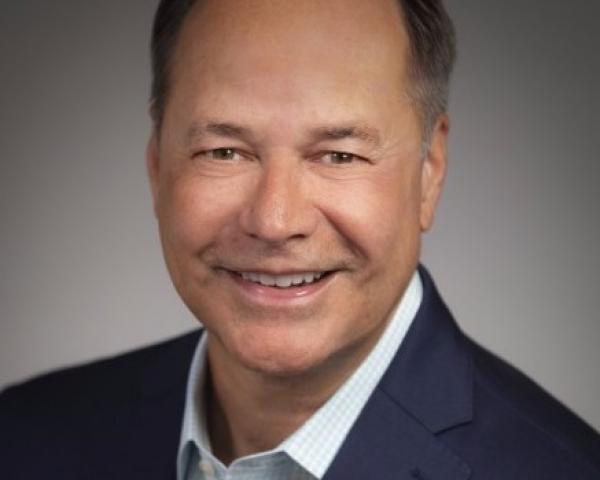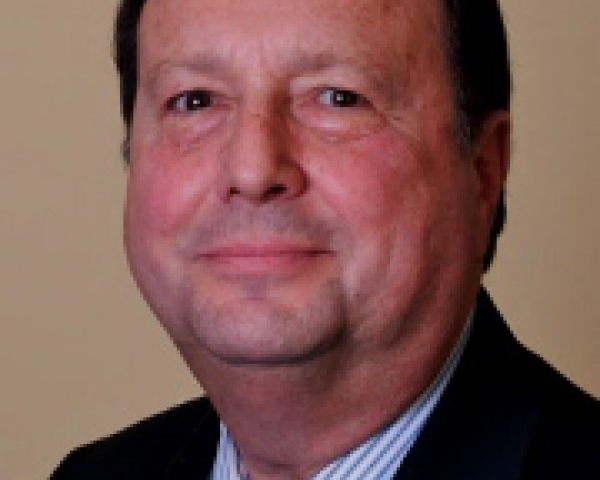The expression, "Mind the Gap," dates to the 1960s, when it was first announced on the London Underground. The purpose was to warn passengers of the potentially dangerous gap between the train door and platform, which are not perfectly aligned. The expression has since evolved to become a general warning about the danger of open space or gap between two points.
It applies especially well to the many risks and headwinds faced by the insurance industry today. If unattended, the gap may be irreversible or much harder to close.
The P&C industry is, by design, resilient, with layers of financial insulation. Reinsurance, surplus capital and low-risk and liquid investment portfolios are just some of these layers, with individual state oversight to monitor financial stability. The insurance model has been tested during high inflationary periods and catastrophes and alternating hard and soft market cycles. However, the last three years are arguably the most challenging, because of fluctuating inflation and worsening climate risks. Meanwhile, there are emerging and widening gaps that both threaten and are reshaping massive segments, such as real estate and homeownership.
Climate Resilience Gap
As made painfully obvious by the recent series of extreme weather catastrophes, government and public agencies’ collective ability to respond to these new and greater risks has proven inadequate, while the insurance industry is more vulnerable than ever. Each event seems to outpace the last, taxing FEMA, illuminating dated infrastructure and financially straining insurers.
Protection Gap
It is estimated that 50% of insurable global risks are actually insured – in some countries and socio-economic groups, the gap is much larger. The impact of this lack of coverage is the high, and in some cases unexpected, cost of covering losses and replacing property. Frequently, insurance companies take the brunt of the blame for not properly advising policyholders at the front end. Affordability is driving the gap further as trade-off decisions are made to partially or fully self-insure. Most are ill-prepared for this new paradigm.
Trust Gap
Consumer trust and policyholder loyalty is at an all-time low within the insurance industry, including in health and P&C. The reasons include; years of double-digit premium increases, well beyond inflation; protracted and frustrating claims payment experience in the face of losses from increasingly extreme catastrophes; unexpected coverage denials; and a trust deficit as policyholder driving data and personal information is being collected and commercialized without explicit permission. All of this is exacerbated by the stark differences between insurance industry customer service levels in comparison with other modern digital experiences. Finally, insurer profits, whether in reality or just perception, are widely considered excessive.
See also: Embedded Insurance: A Major Disruptor
Transparency/Information Gap
The process by which premiums are calculated and claims are adjudicated remains opaque. Policy language is lengthy, technical and in parts vague and open to debate. Most policyholders are unaware of what information is collected and calculated or disagree that factors such as credit scores somehow accurately predict risk. Either way, there is a missing link between premiums and perception of risks, such as one’s self-evaluated driving skills. Most believe they are good, safe drivers, for instance.
Legal System Abuse Gap
While the plaintiff bar systematically optimizes the tort system, there are widespread abuses that enrich them with oversized fees resulting from astronomical jury verdicts, fueled by litigation funding and mass marketing. Conversely, the insurance industry has basically failed to exert its influence to reform the legal system and has been unable to keep pace. The industry needs to organize itself and fund a concerted effort to address this problem. Consumers are aware that these sky-high verdicts ultimately translate to higher premiums and expect insurers to do more to protect them.
Talent Gap
The "silver tsunami" is a term used to describe the aging of the baby boomer population. It refers to the potential impact of this demographic shift on the workforce. Many baby boomers are retiring at an accelerated rate. The aging workforce is leading to a “brain drain” as older workers leave their jobs, taking their rich insurance knowledge to the pickle ball courts.
The recent shift from analog to digital business processes requires that the workforce receive appropriate upskilling or retraining, but the insurance industry continues to lag in these initiatives.
Finally, attracting the best and brightest young adults – most of whom are “digital natives”– to insurance careers has proven elusive. It is incumbent on the industry to work together to address the gap, starting with image and purpose.
Empathy Gap
As insurers work to leverage new technology, there is a loss of human empathy across the enterprise. Claims is especially vulnerable because policyholders are suffering anxiety and stress. Efforts to automate often lead to fewer people resources, to meet ROI objectives, or are disjointed and yet to be perfected, resulting in a bumpy claim process.
Insurers will need to do more to deploy, integrate and orchestrate new technology and coordinated provider services, especially AI, while improving and not degrading customer service and satisfaction. Loyalty and retention are at stake.
Marketing Gap
The P&C insurance industry – specifically personal auto and home carriers – continue to offer essentially the same products they have been selling for decades. However, today’s consumers bear no resemblance to those in the past. Needs, expectations and preferences have changed dramatically, and legacy insurance institutions are quickly becoming irrelevant when making purchasing choices.
Product Gap
One prominent characteristic of the “new consumer” is their expectation of personalization in goods and services. This is the opposite of the “one size fits all” approach that the legacy insurance industry still pursues.
Consumers want dynamic, real-time, fit-for-purpose, bespoke insurance products, and if one carrier cannot provide it, there are others that will. Record-high insurance shopping rates are a reflection of these preferences.
Consumers have embraced connected devices (cars, smartphones, watches, sensors) and the associated products and services, but insurers are badly lagging other segments in leveraging these from a product perspective, exposing themselves to competitive risk from technology providers.
See also: Does the P&C Insurance Cycle No Longer Exist?
Distribution Gap
Independent insurance agents and brokers place about 62% of all P&C insurance premiums in the U.S. (including commercial lines and personal lines), yet they are not as effective as they could be.
Brokers do a fair job of marketing new prospects but are generally much less effective at customizing coverage to personal needs and even less so at staying in touch with relevant communications and basically go silent until policy renewal approaches.
Although the vast majority of auto insurers offer telematics-based insurance products, market penetration stands at only 16% of policies. Agents typically do not promote these products because they are not proficient at explaining them and fear alienating their prospects.
Embedded insurance (insurance bundled at point of sale of a product or service) is seeing rapid growth outside of insurance, but carriers are behind the curve. This deficiency not only represents lost revenue and the loss of new customer acquisition opportunities but allows non-traditional providers to take market share.
Innovation Gap
Insurance C-Suite executives talk up innovation and transformation, but very few invest sufficient effort and resources beyond catching up with technology, and even fewer have strategic plans to close this gap. Yet technology is making a difference in numerous areas and is expected to do so well into the future.
It is incumbent on insurance CEOs to regularly communicate and clearly articulate their support of innovation and to ensure that adequate resources are being allocated and applied. It requires nothing less than a cultural makeover, addressing outdated constructs that impede breakthrough progress.
Closing the Gaps
The role of innovation and insurtech cannot be overstated for an industry that historically is people- and labor-intensive. Closing these gaps is vital for the insurance industry and its contributions to the economy and consumer livelihoods. Long-term insurance stability is in the best interests of investors, financiers and risk takers of all types, including businesses and consumers.
Minding the gap is foundational for industry success in 2025 and beyond.









